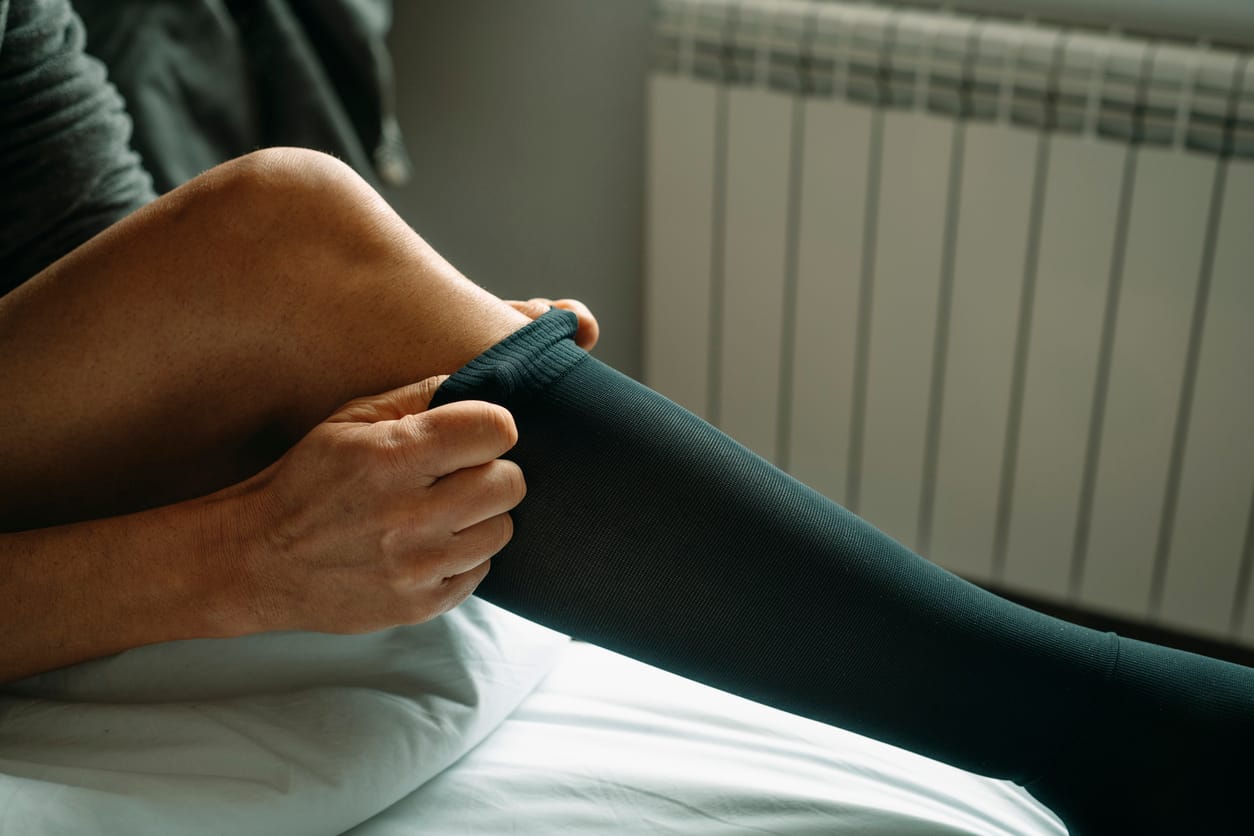
One of the most important aspects of working out is making sure you have the correct form. Fail to do so, and not only could all your hard work be wasted, but you could have a high risk of sustaining serious injury.
What is it?
The hip hinge is a movement used in a number of exercises, such as the kettle bell swing, squats, dead lifts, barbell rows, and more. While proper form is always important in exercise, getting the hip hinge right is particularly important, as you can do serious damage to your back otherwise.
The movement of the hip hinge involves keeping your shins perpendicular to the ground, bending over by swinging at the hips, and keeping your spine aligned. Doing this maximises the level of strength coming from your spine, and prevents it from being placed under too much stress. If you can imagine the distinctive way young children pick things up off the ground, that is a hip hinge.
How to Test Yourself
The easiest way to ensure that you are doing the hip hinge correctly is to try it out with a friend or trainer who can observe your movement and alert you to any incorrect twisting or curving. However, if you train alone, there are a couple of ways you can test this movement by yourself.
The first involves using a long, perfectly straight stick, like a broom handle. Hold the stick against your back, ensuring that it makes contact with your body at three different points: the back of your head, your upper-back, and your coccyx. Keep your feet at shoulders’ width, and make sure your knees stay locked throughout. When you are ready, bend forward, remembering to keep your knees perpendicular at all times. If the stick loses contact with any of the three points of your body at any time, you have not performed the hip hinge correctly, and need to try again.
The second option is to stand close to a wall, facing away from it. While keeping your shins and back straight, lean forward and touch your backside against the wall. This should give you an idea of what a hip hinge is, and how it feels. Do this several times to familiarise yourself with this, and then try again from an ever-so-slightly further distance. Repeat this until you no longer need to use the wall.
Proper posture helps ensure that the hard work you put into your routine is maximised and doesn’t go to waste, while also helping to keep you from sustaining a serious injury. The hip hinge is a widely applicable movement, and learning it correctly from the get go will prove useful in your routine for years to come.
For more information and exercise tips, check out our most recent article on hip flexors.
















